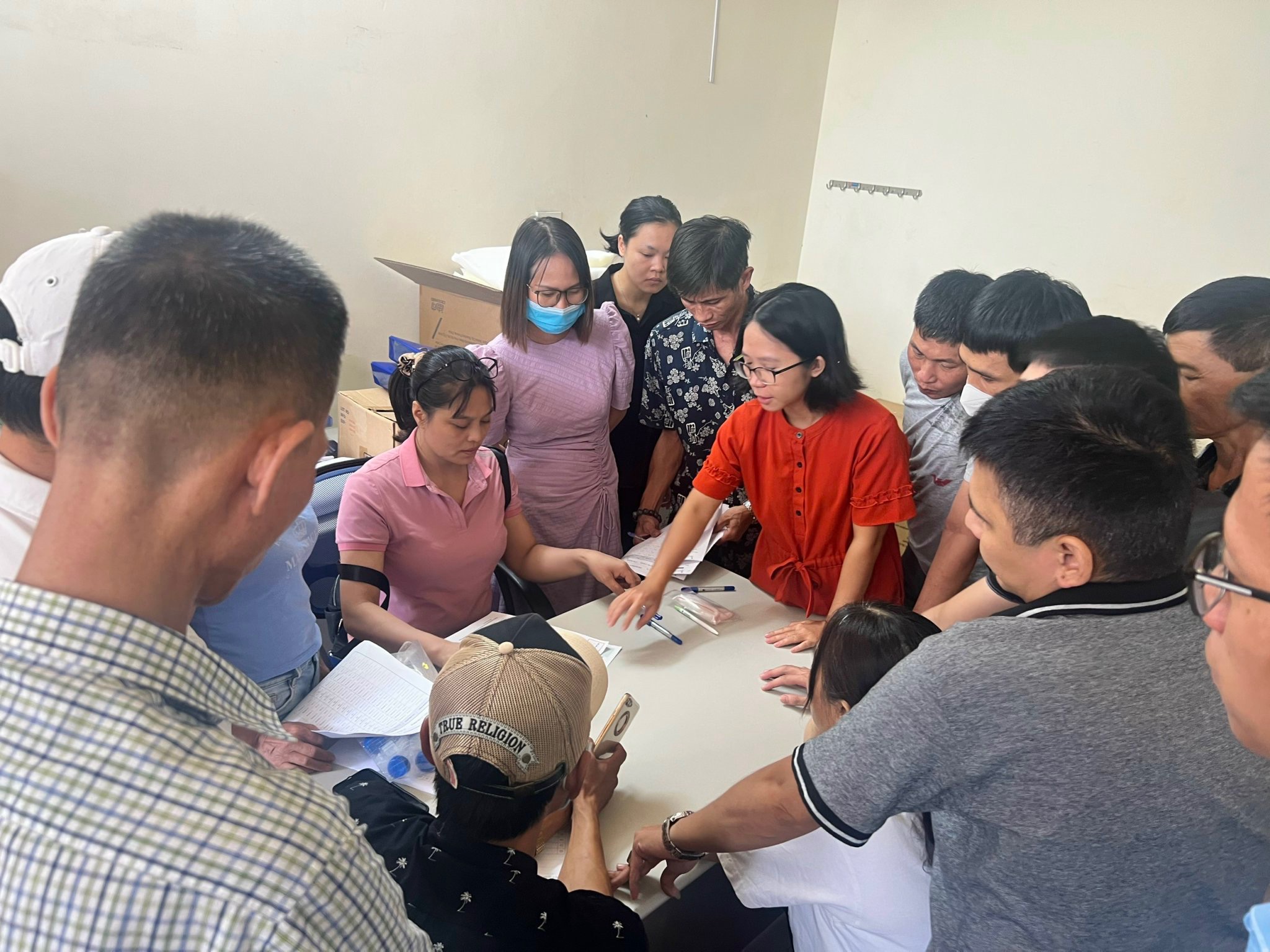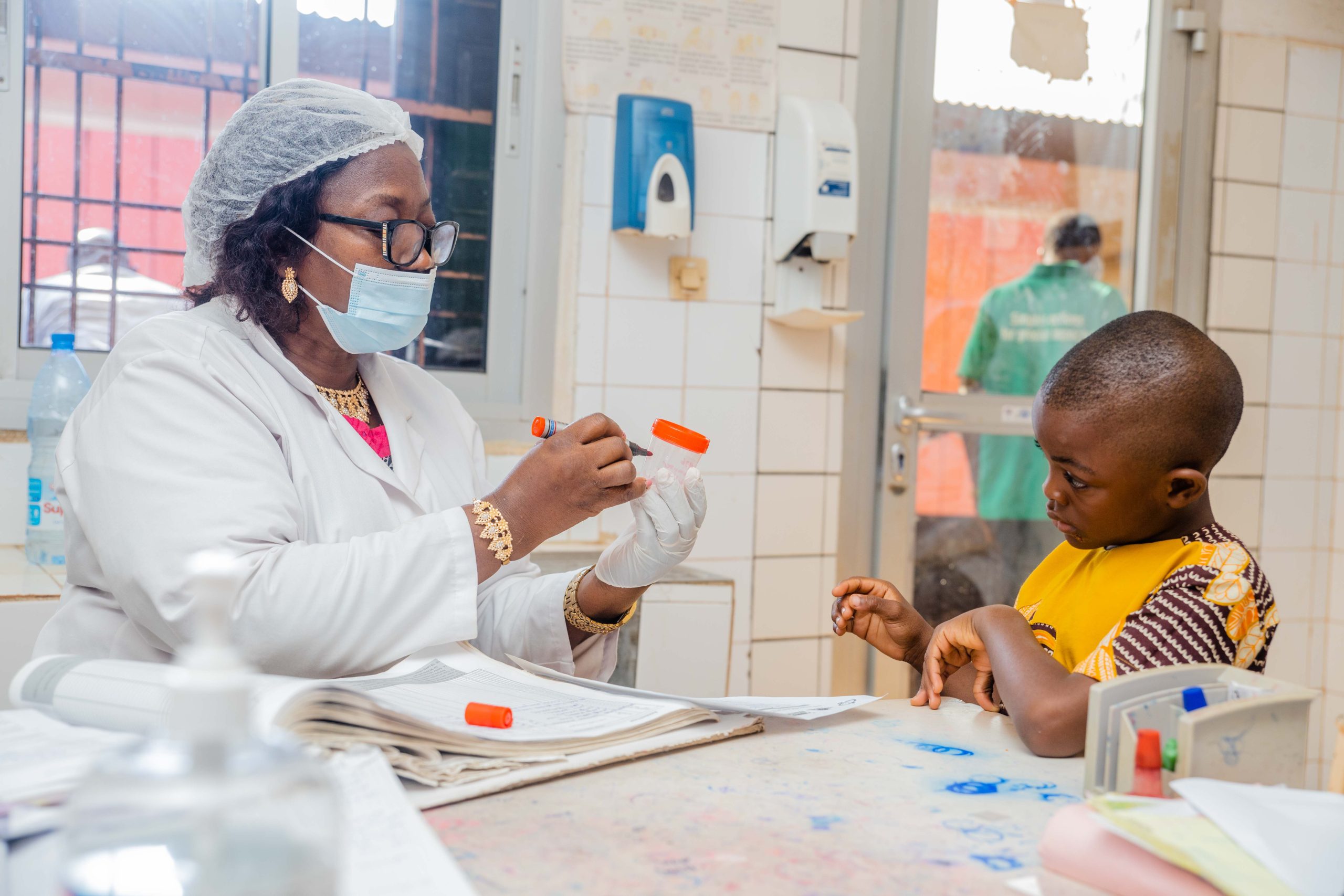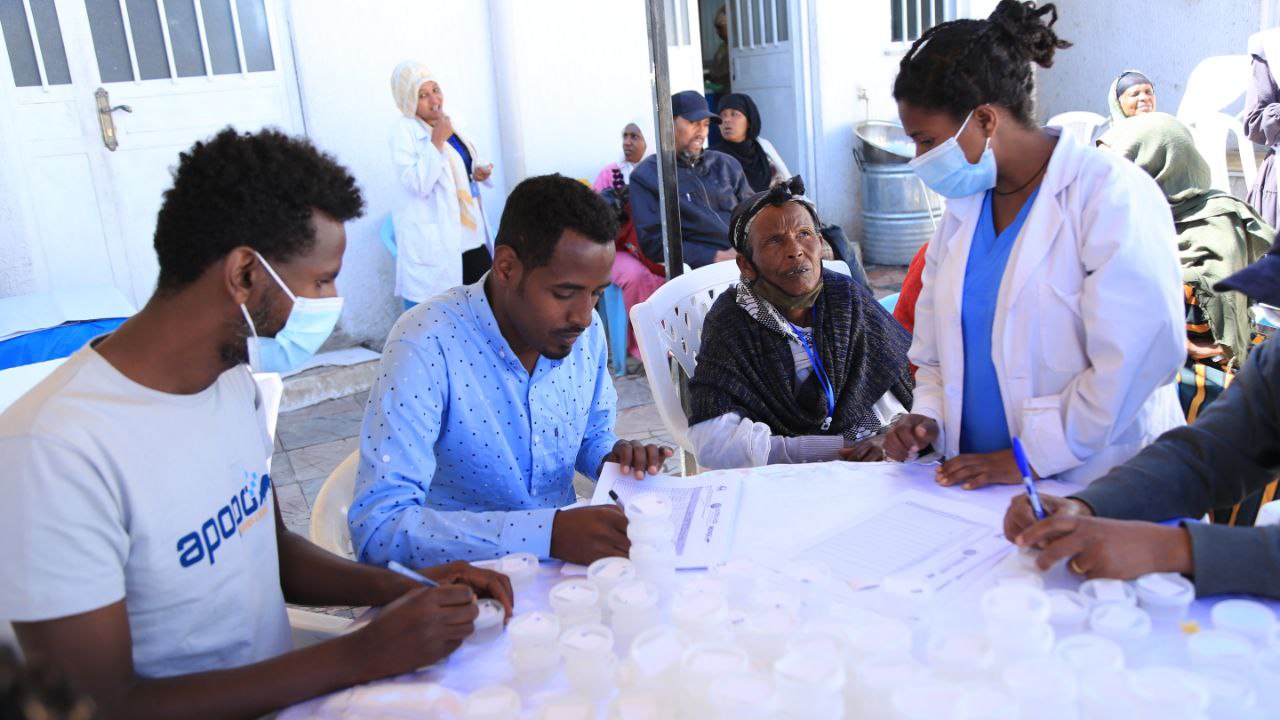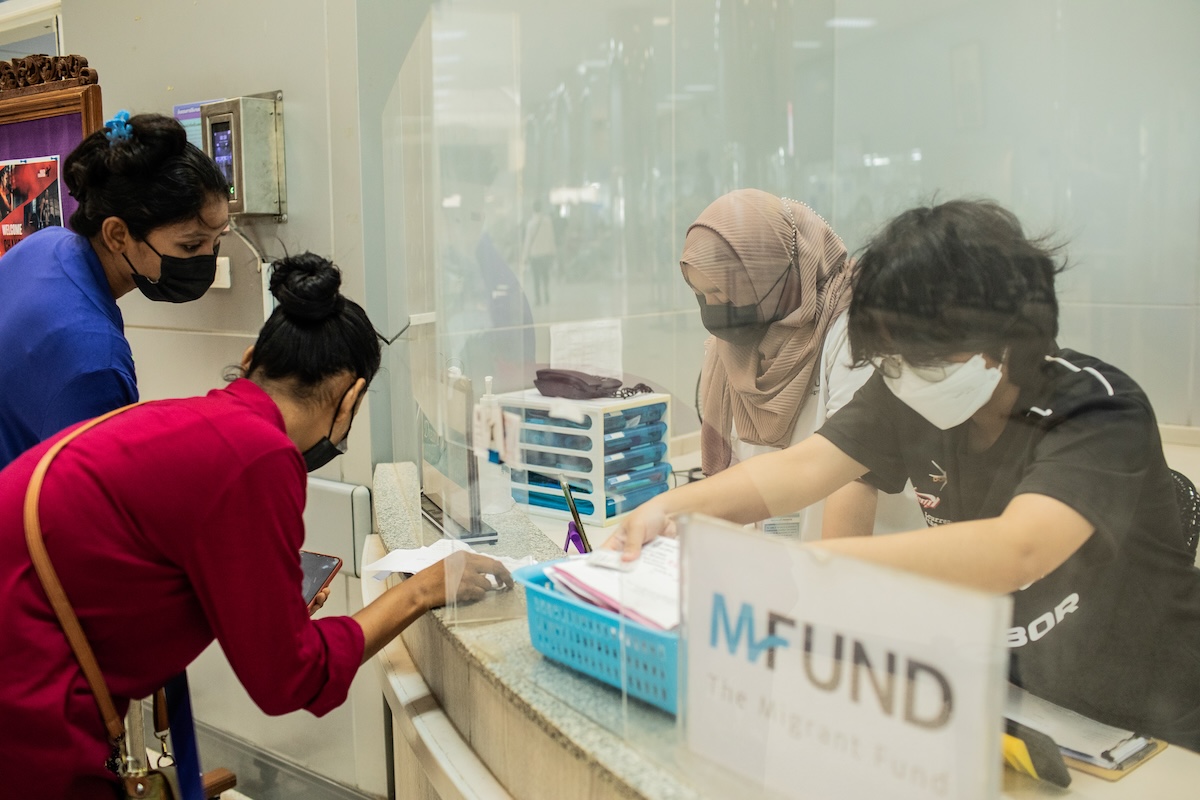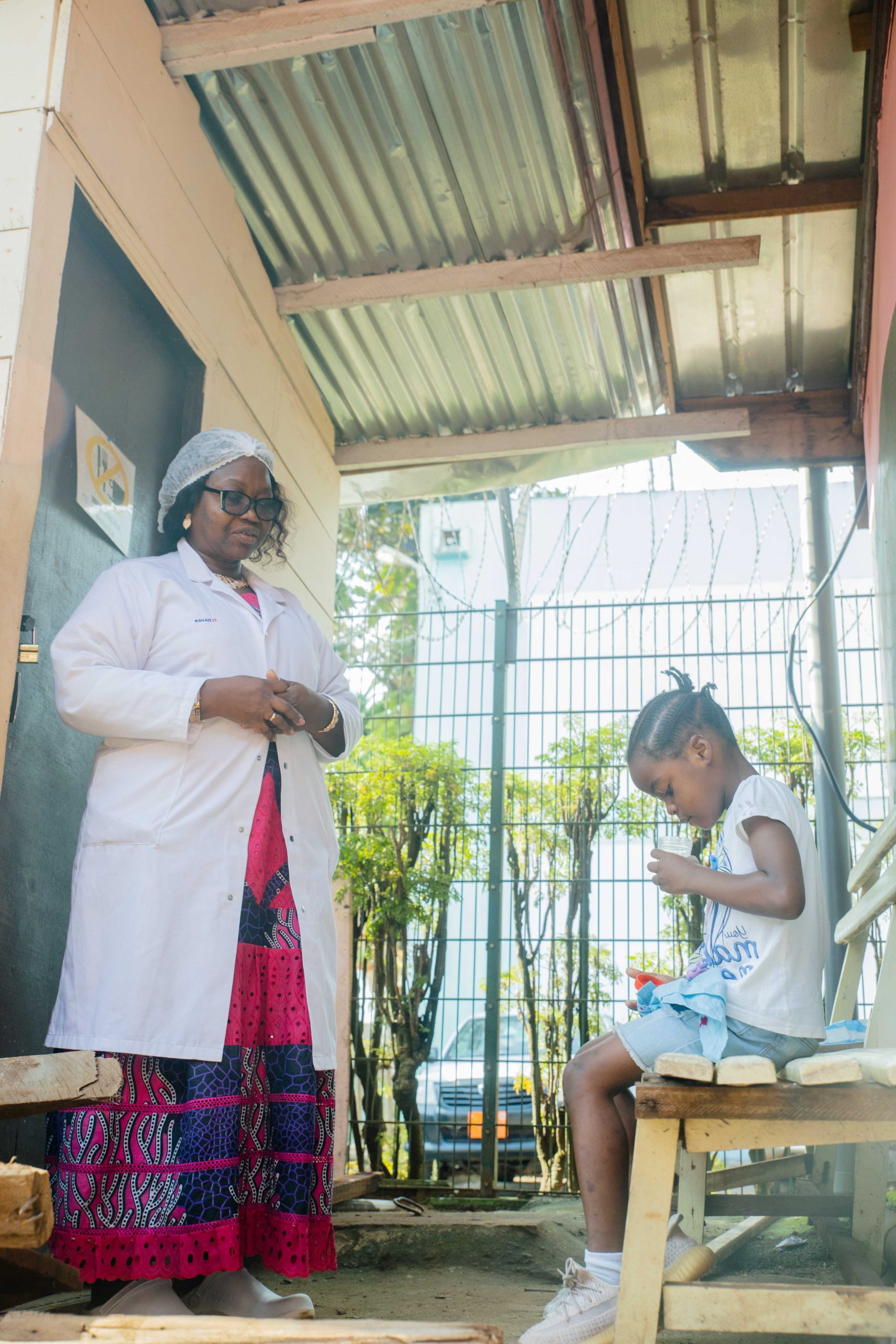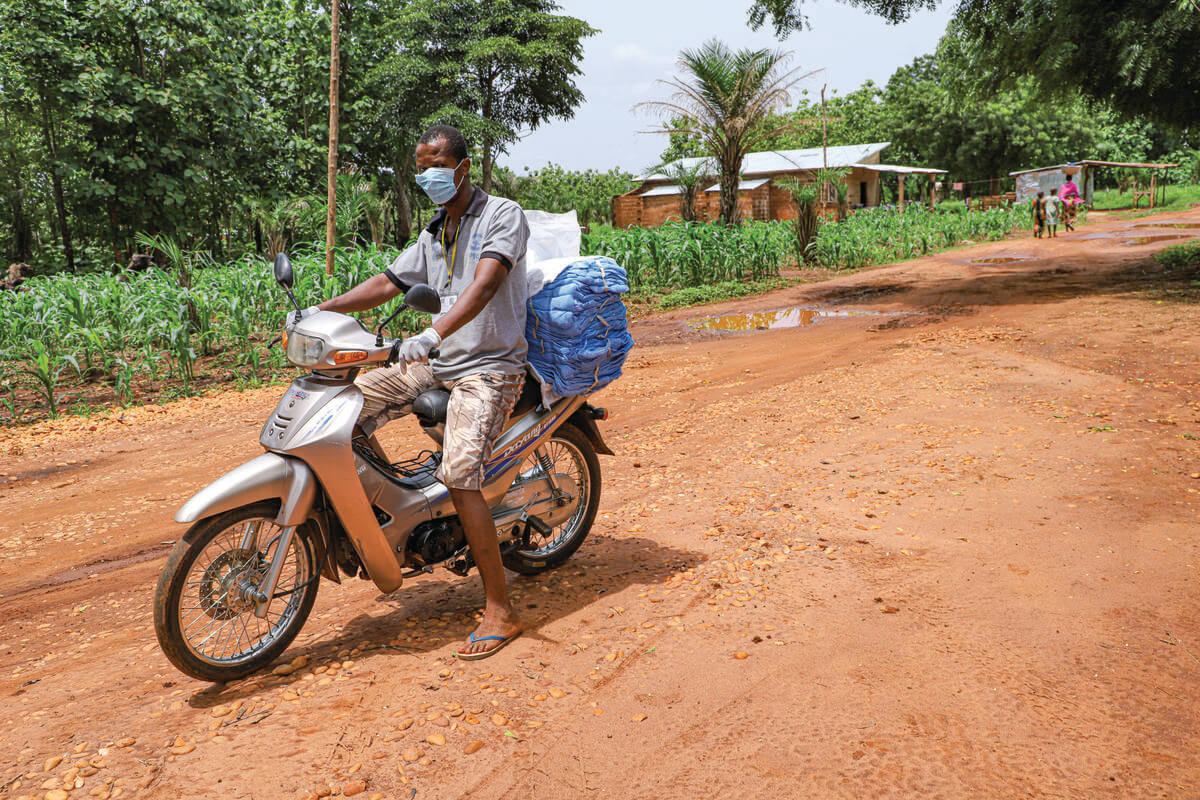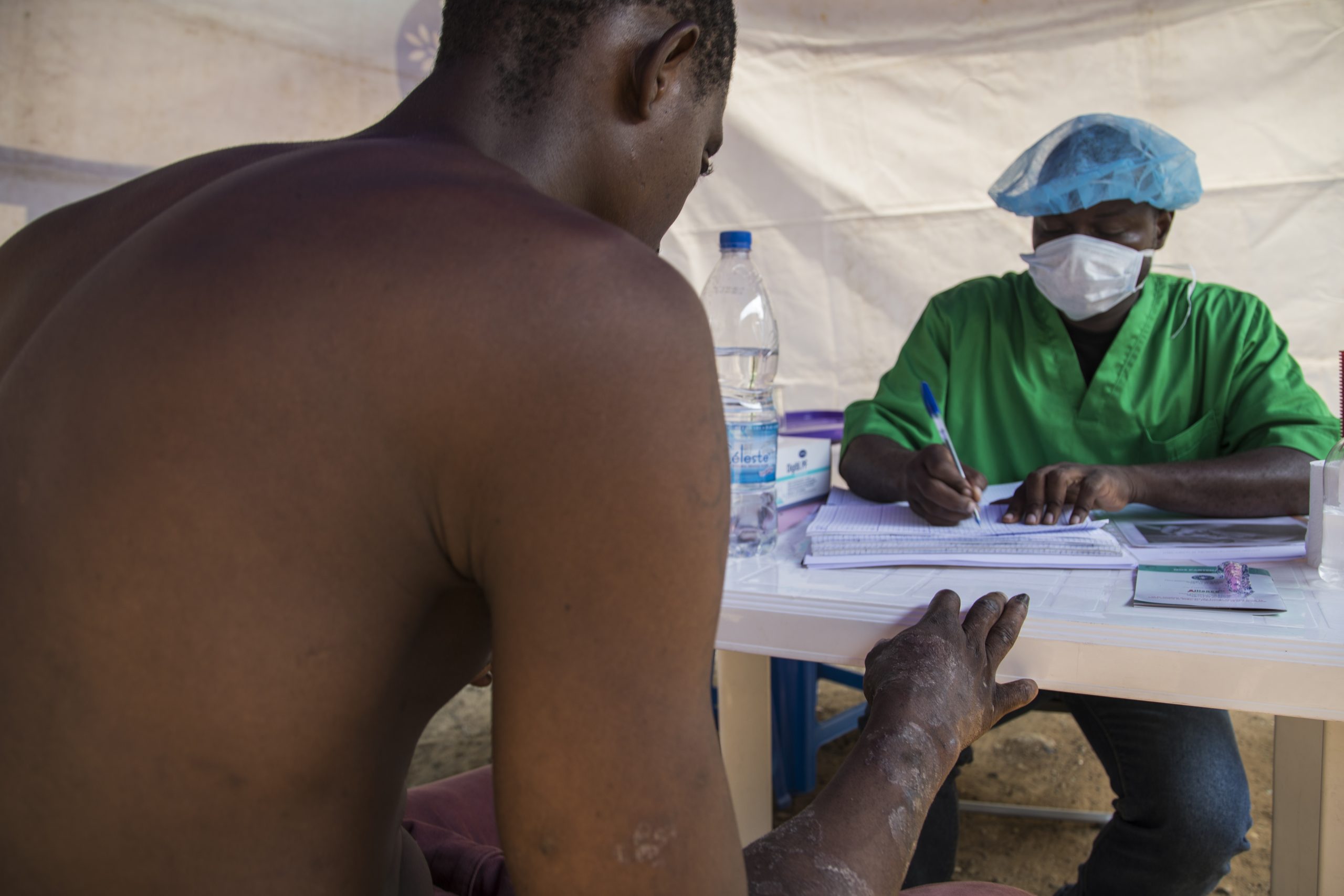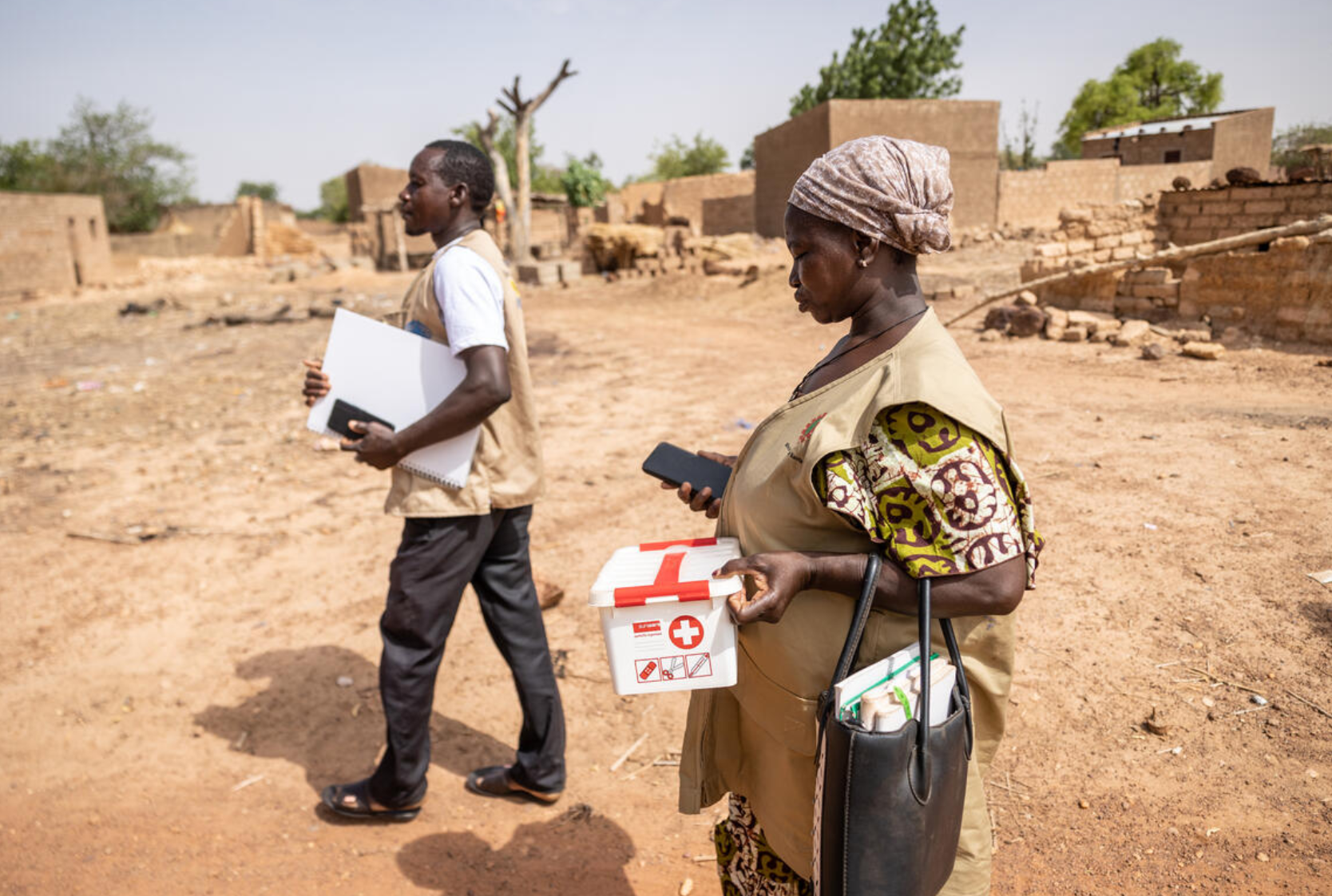The primary goal of this project, financed by the Emergency Fund for Ukraine, is to preserve and strengthen the gains in tuberculosis (TB) control made prior to the start of the full-scale invasion. This effort aims to prevent the epidemic from spreading further.
Context
Due to the war in Ukraine, most funding available for HIV/TB programs–both from the State and international assistance programs–is directed to cover the basic needs of patients including treatment and prevention services. The demand for early detection TB services exceeds the supply, especially for military and internally displaced persons. Vulnerable TB communities face ongoing challenges in accessing quality services, imperfect legislation, human rights violations, and the lack of gender-sensitive approaches to service provision. There is a need to ensure the quality and equal accessibility to TB health and social services across the entire continuum of care by influencing policy and regulatory framework in Ukraine.
Description
The project aims to strengthen the capacity of medical service providers for the diagnosis and treatment of TB in outpatient and inpatient settings. It seeks to improve the quality and accessibility of TB diagnosis and treatment services in Ukraine by:
- providing hospitals that treat TB with technical equipment for five bomb shelters;
- strengthening the capacity of the TB community to participate in adapting World Health Organization recommendations on ensuring continuity of medical services in public health emergencies;
- enhancing the capacity of medical and social workers to provide mental health care to TB patients;
- facilitating early detection of TB among people in remote areas with mobile teams using portable x-ray machines;
- allowing early detection of TB among convicts with the help of the “peer-to-peer” model;
- providing humanitarian assistance to TB patients and emergency response to the needs of TB facilities.
Impact
Medical services for TB treatment continue to function despite the war. TB diagnosis and treatment services remain of good quality and accessible, reducing the number of cases of patients being disconnected from treatment. The progress made in TB control, detection and treatment is maintained at the pre-war levels.

